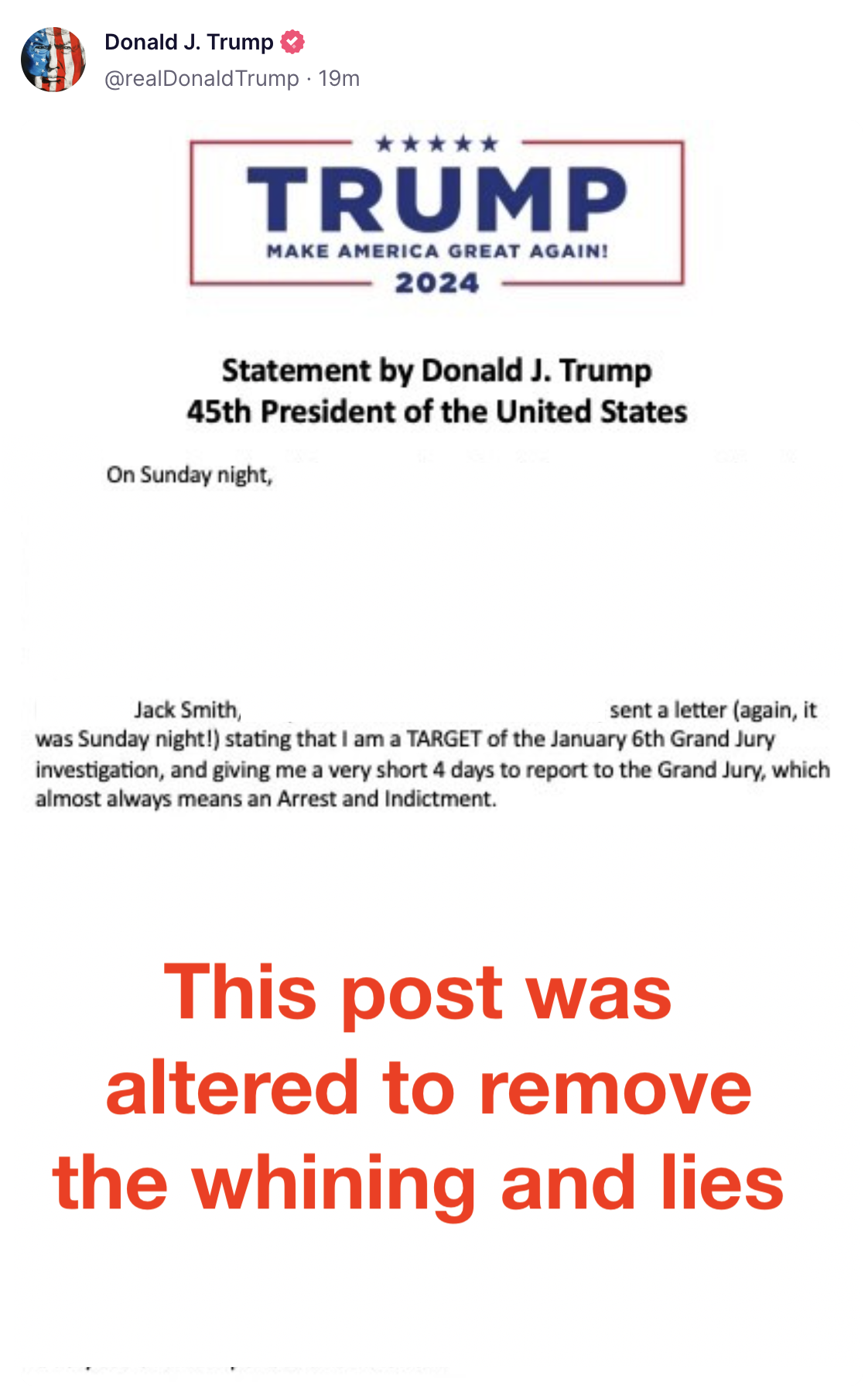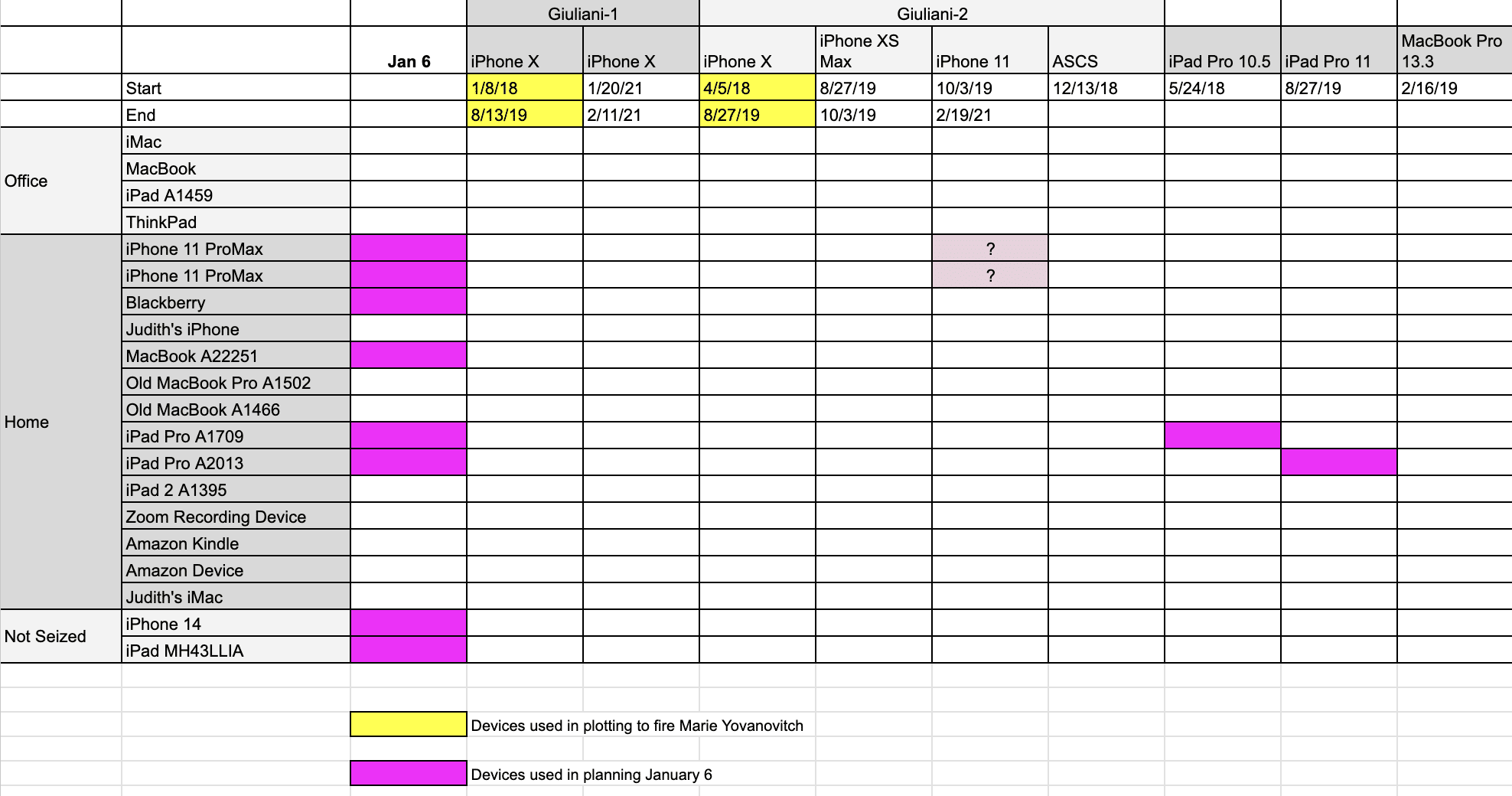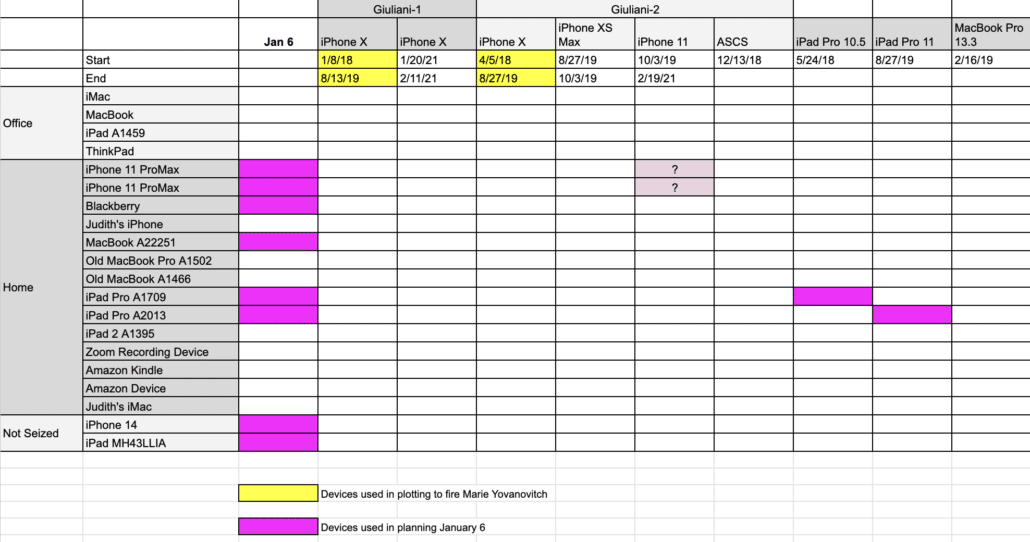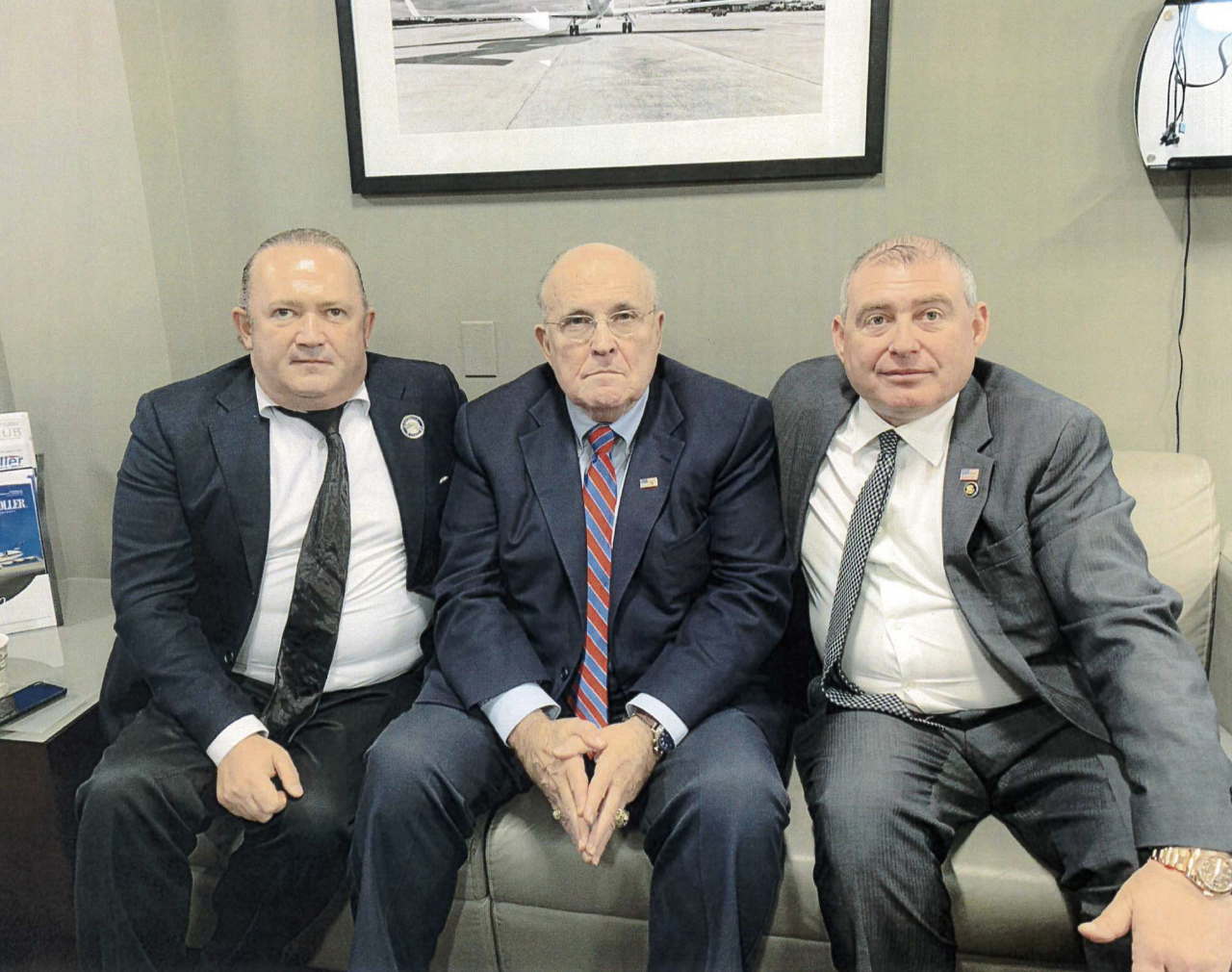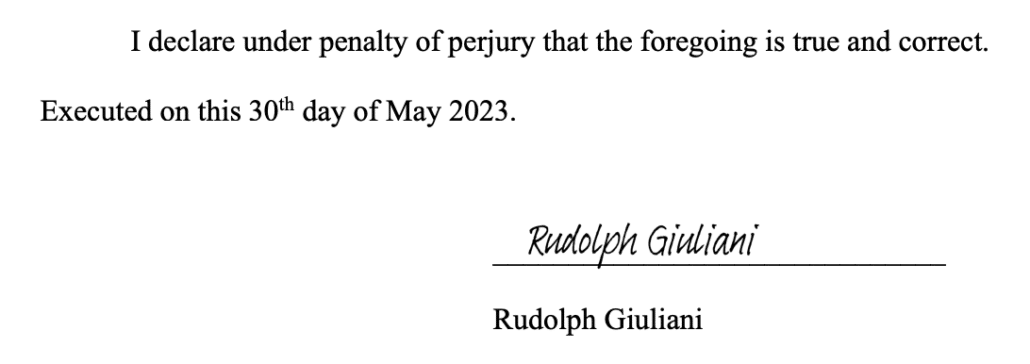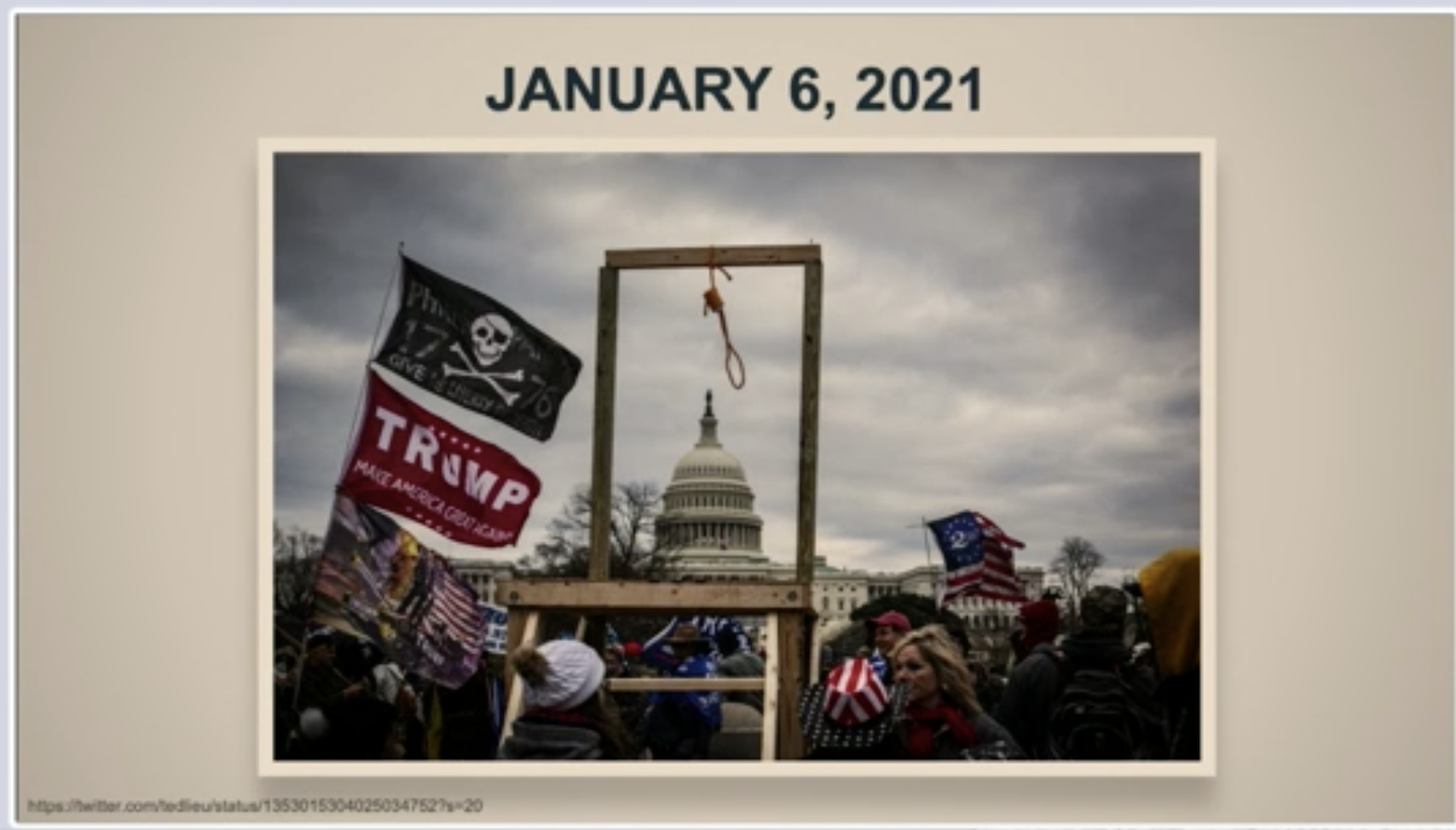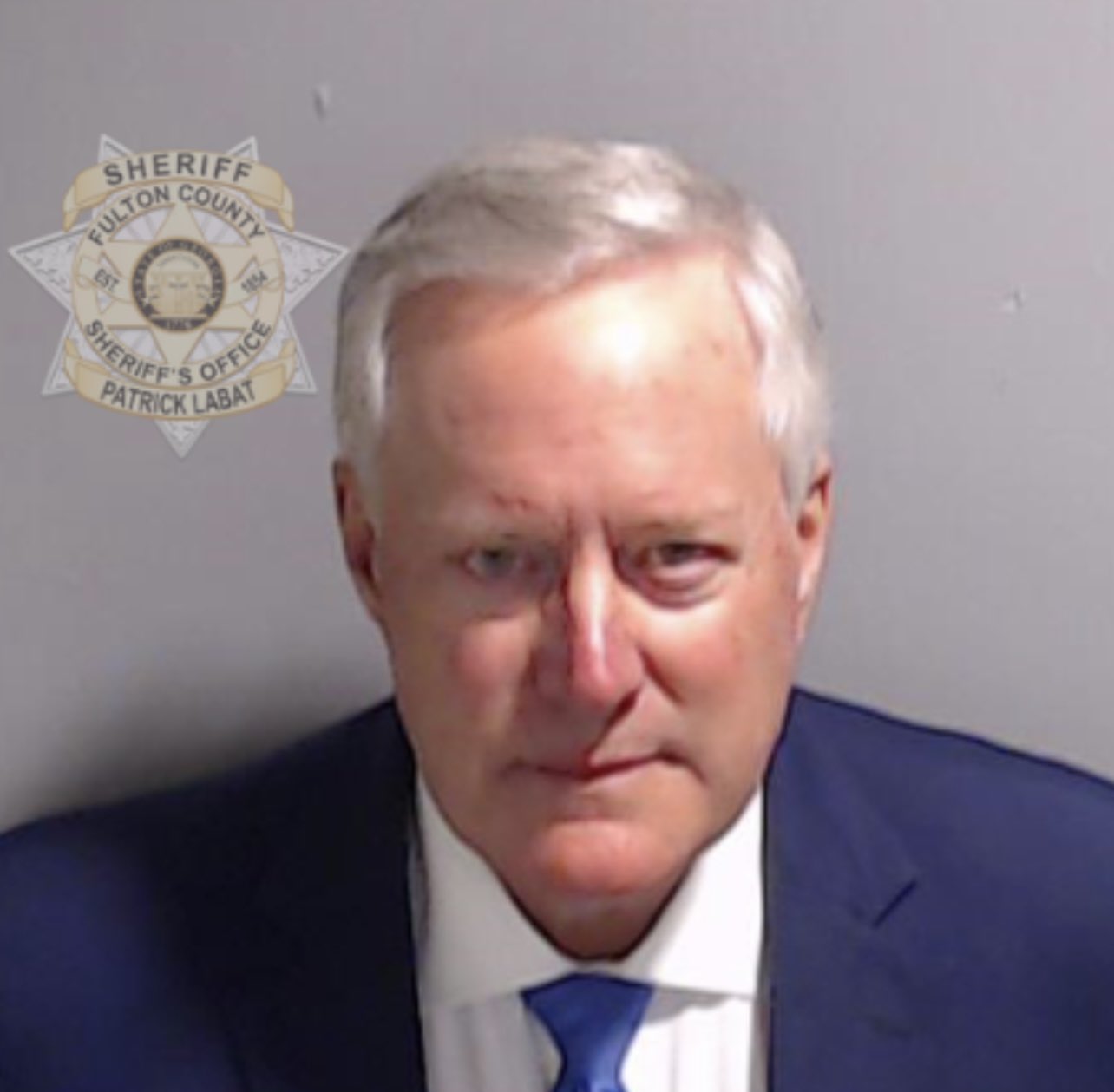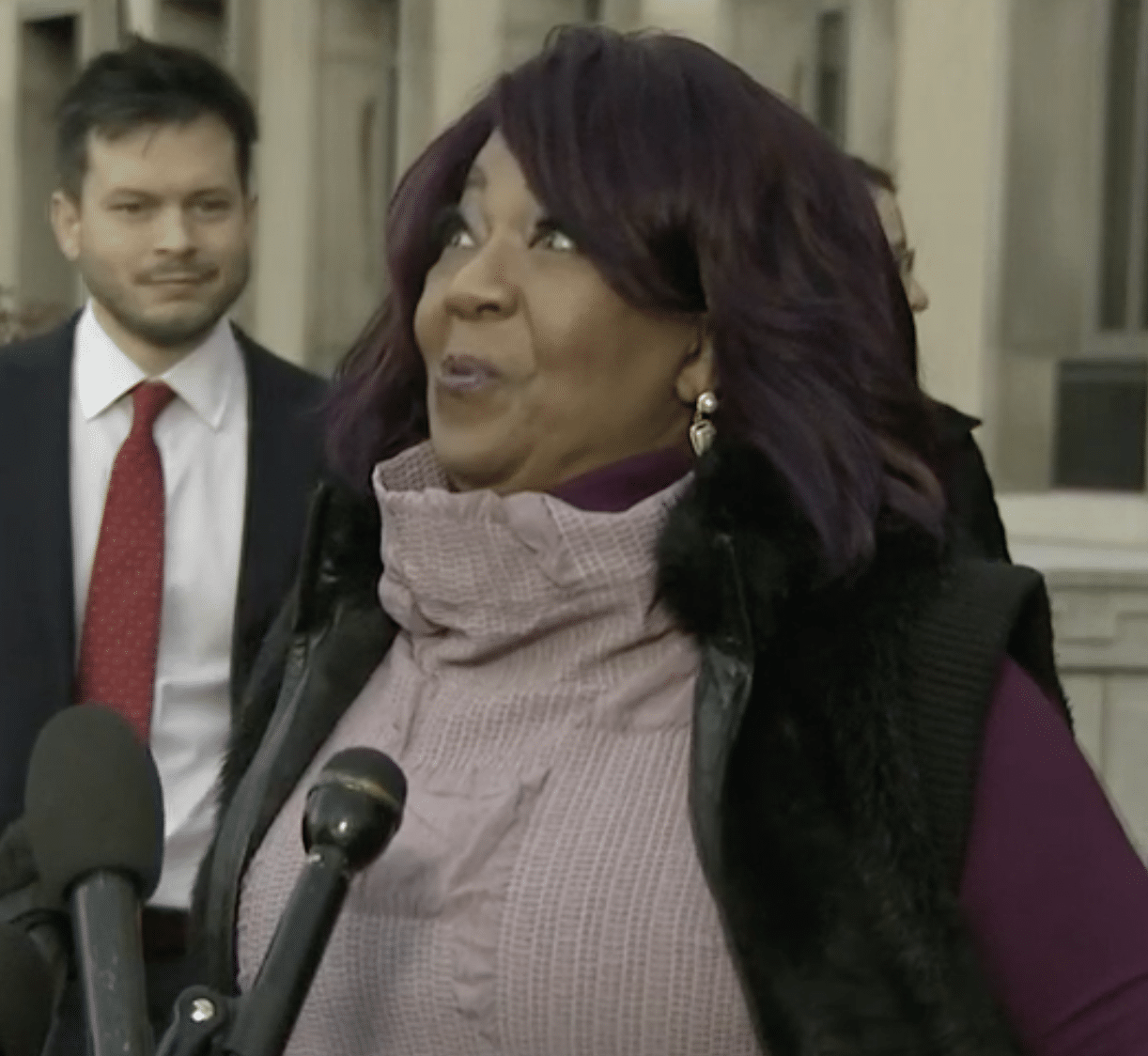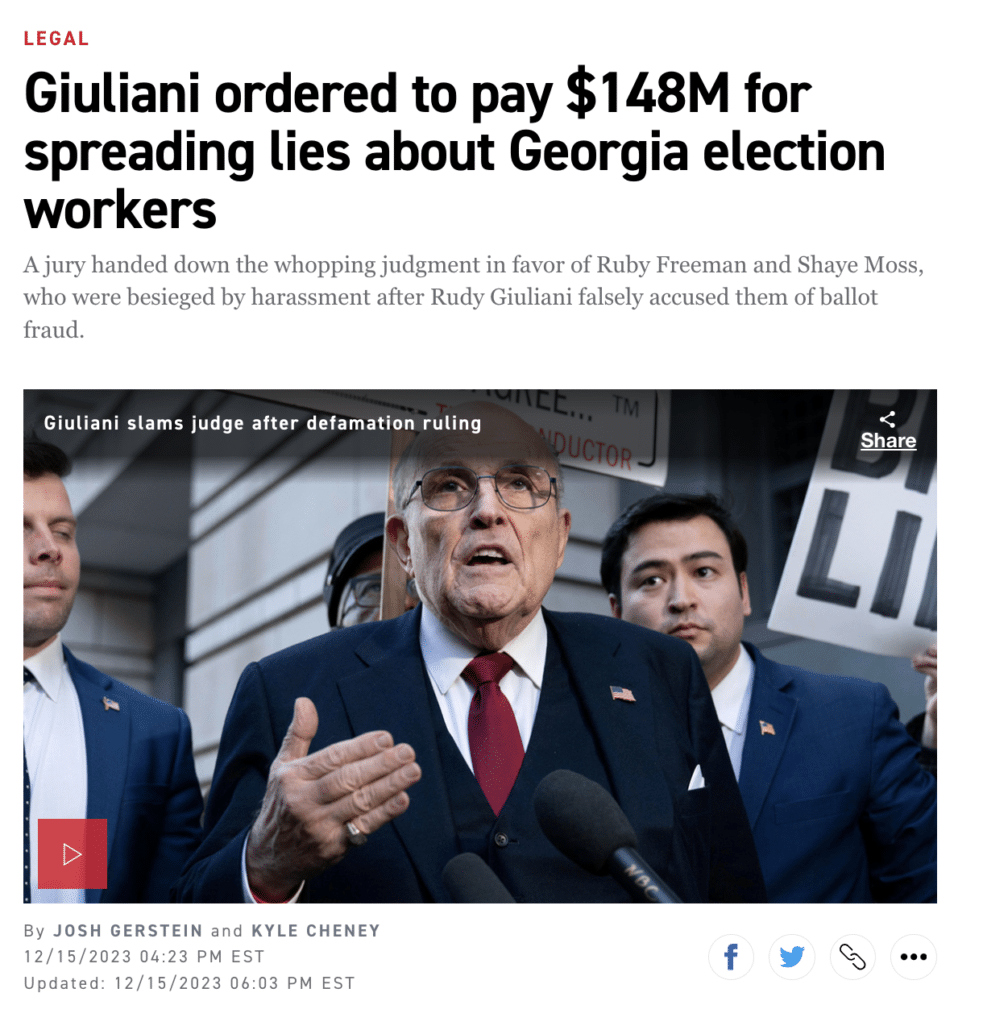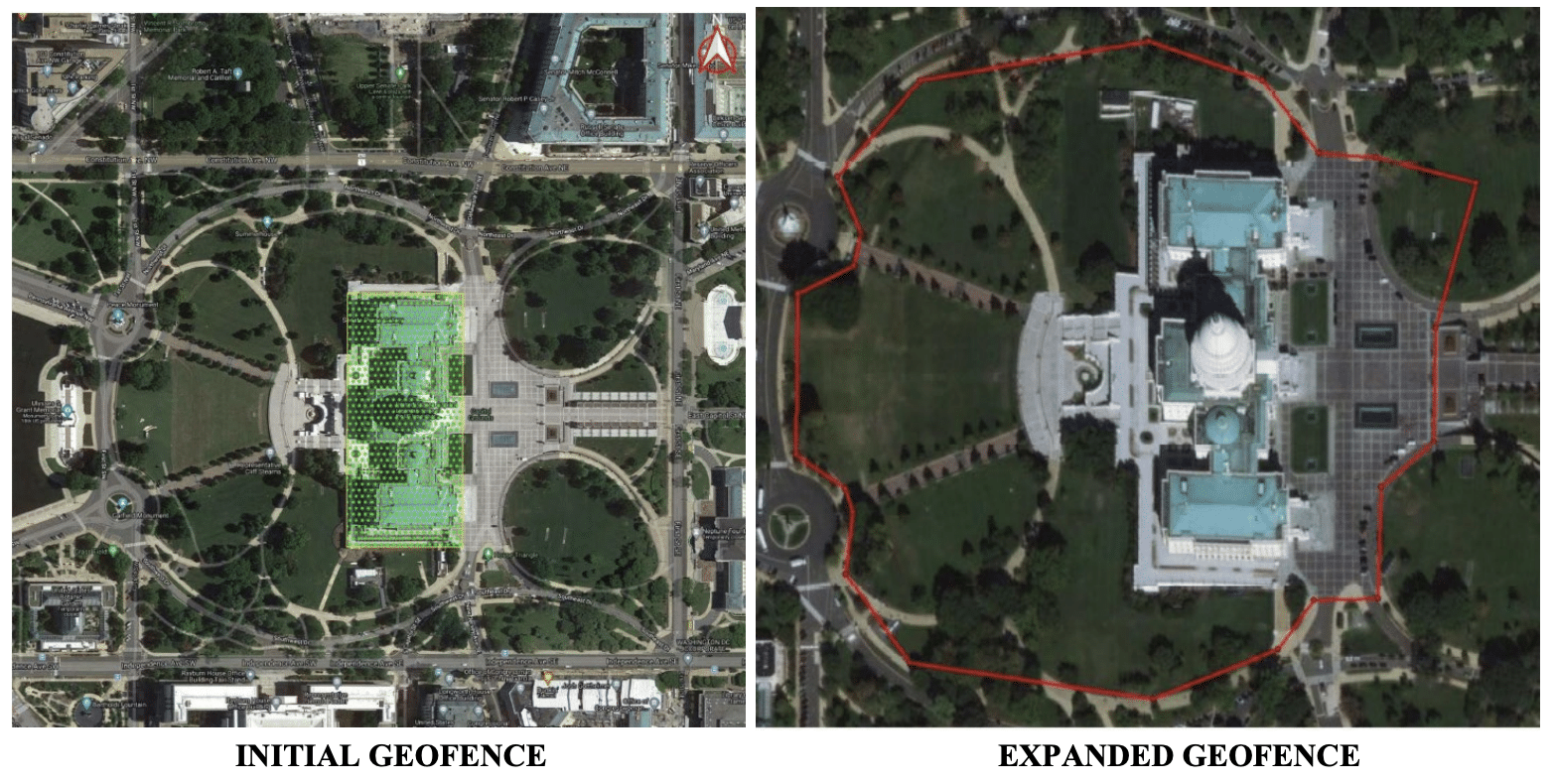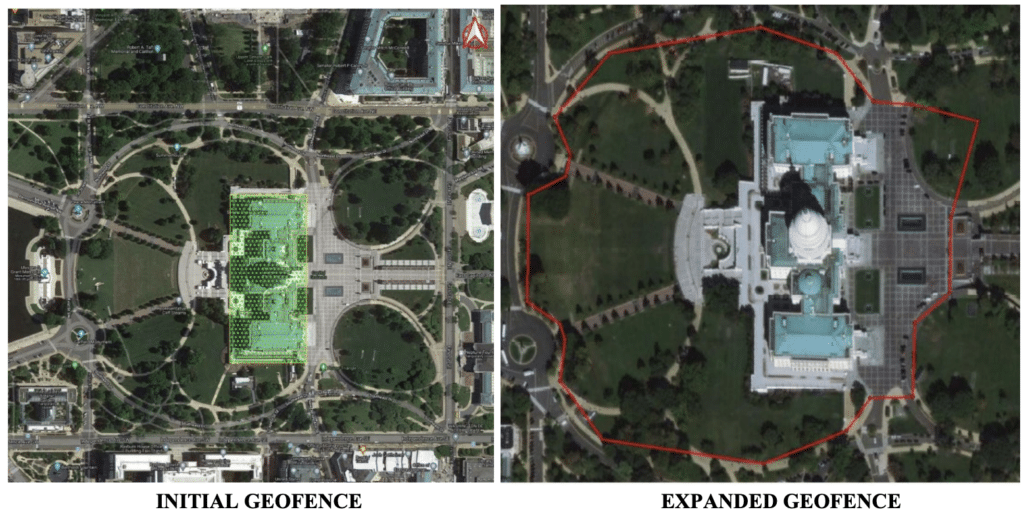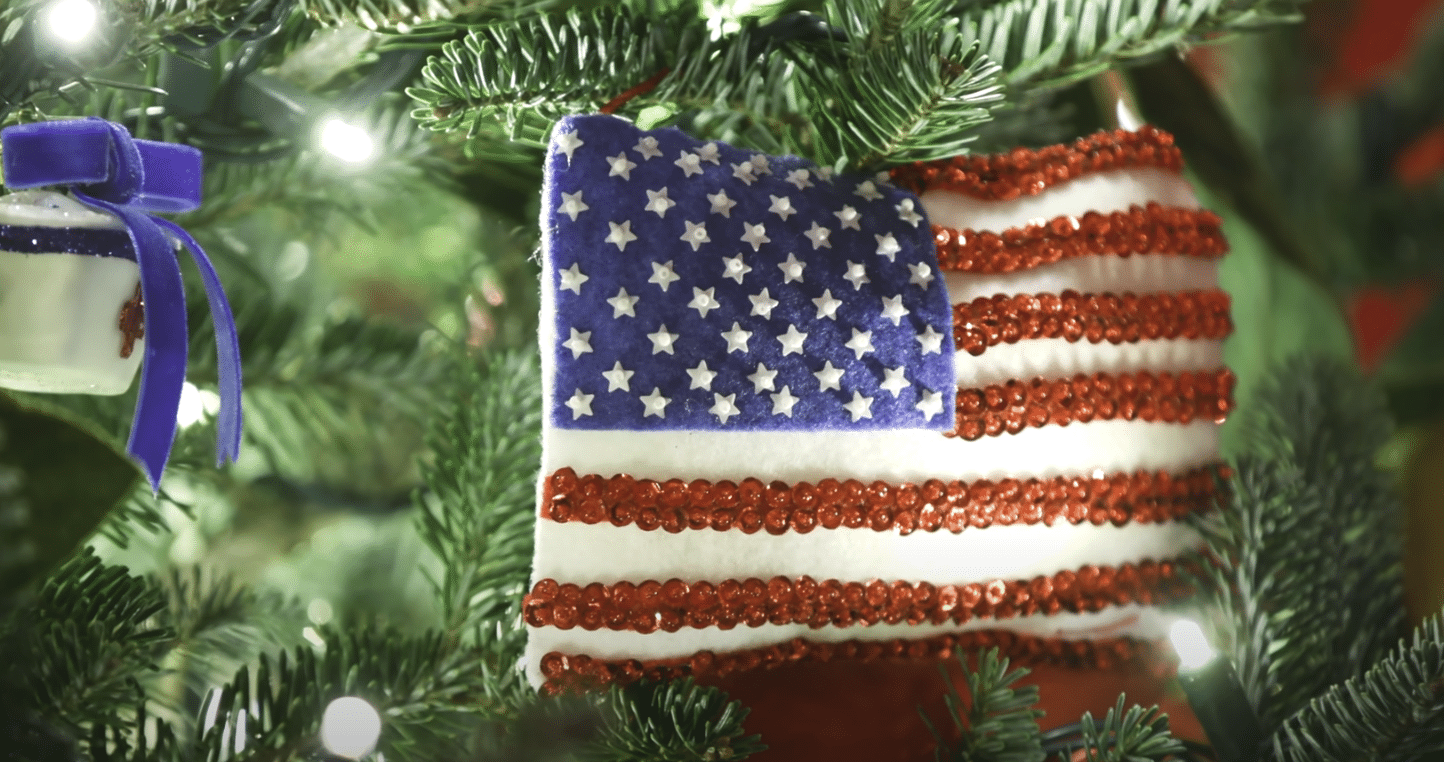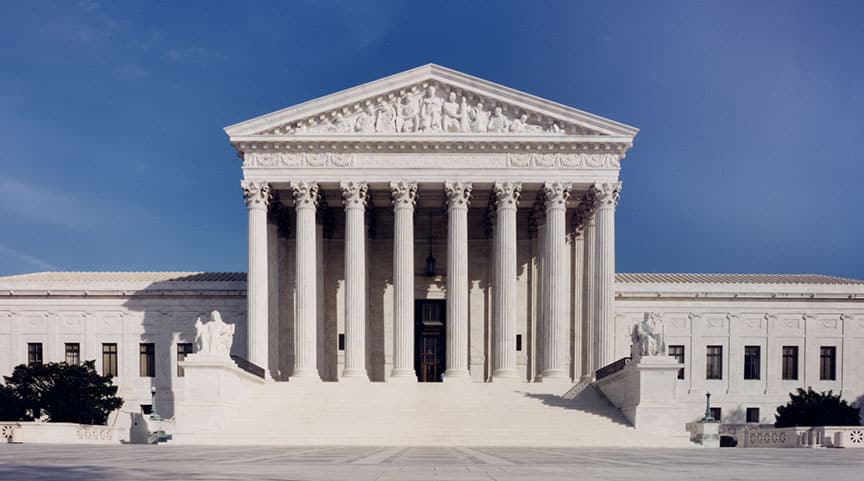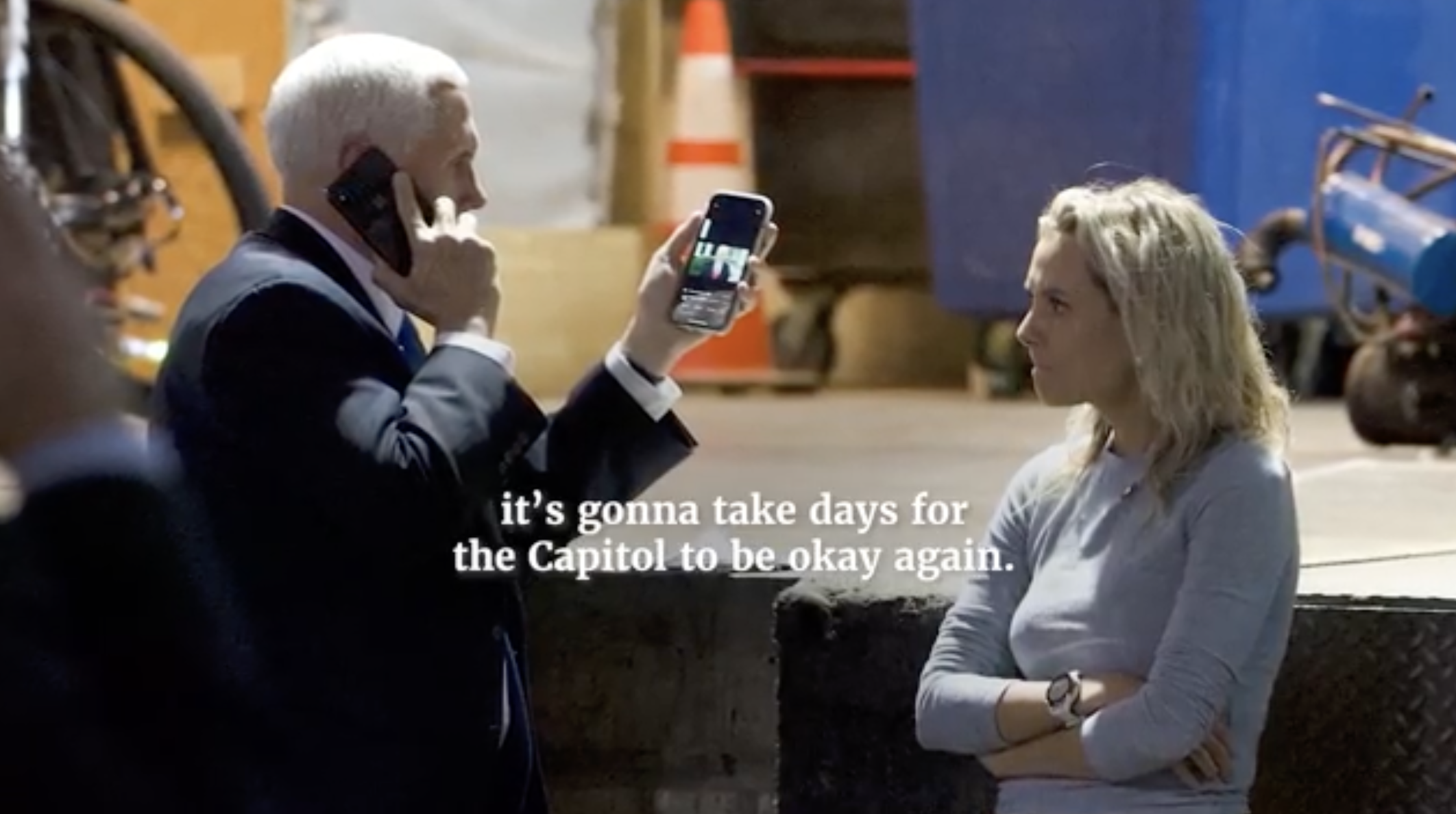“Whether Others … Said Untrue Things on the Internet Does Not Exonerate” Trump
Obstinately adhering to the pre-existing pre-trial schedule even though Trump’s immunity appeal has stayed all deadlines, Jack Smith just submitted a motion in limine asking to exclude a bunch of things from any eventual January 6 trial.
Altogether, the filing asks Judge Chutkan to exclude the following:
- Claims of selective and vindictive prosecution that will be settled when Chutkan rules on Trump’s motion to dismiss on the same topic
- Claims of investigative misconduct based on Carol Leonnig’s misleading article about the investigation
- Topics — such as claims that the First Amendment covers his alleged fraud — that are matters of law
- The consequences Trump might face, including electoral, if the jury convicts
- Claims that law enforcement did not adequately prepare for January 6
- Claims that January 6 was a FedSurrection incited by undercover feds
- Claims that the disinformation of foreigners, and not Trump’s own lies, mobilized January 6
- Discussions of revisions to the Electoral College Act passed to prevent Trump from criming (in this particular way) again
- Opinions from others about Trump’s state of mind
- Attempts to elicit witnesses to invoke privileges — such as attorney-client or Speech and Debate
The most important of these is what I’ve listed as number 9: an attempt to get witnesses to expound about what Trump’s state of mind was.
The defendant’s state of mind during the charged conspiracies will be a key issue at trial. Both parties will introduce circumstantial evidence of the defendant’s state of mind, and the defendant may choose to testify himself. But the defendant should be precluded from eliciting speculative testimony from any witnesses other than himself about the defendant’s state of mind or beliefs about the election or his claims of election fraud. In the particular circumstances here, such testimony—which would go to an ultimate issue for the jury’s consideration—would be speculative, unhelpful to the jury, and unfairly prejudicial, and should thus be excluded.
Eliciting such speculation from witnesses about what the defendant knew or believed would violate Rule 602’s precept that all non-expert witnesses must testify based only on “personal knowledge,” and Rule 701’s requirement that non-expert witnesses can provide opinion testimony only if it is based on personal knowledge and is helpful to the jury.
[snip]
Allowing witnesses to share their personal views about the defendant’s state of mind likely will only distract the jury from its duty to assess and weigh the facts, as opposed to the speculation of fact witnesses. Because a witness’s personal opinion about the defendant’s beliefs or knowledge has little or no probative value, any weight the jury gives to it is likely to be undue and based on improper considerations.
This is the kind of testimony that Trump-friendly witnesses — even Mike Pence!! — have often offered in the press. And Trump could call a long list of people who’d be happy to claim that Trump believed and still believes that the election was stolen.
But as the filing notes, that would be inadmissible testimony for several reasons. It would also be a ploy to help Trump avoid taking the stand himself.
That said, there are several quips in the filing, which was submitted by Molly Gaston (who has had a role in earlier Trump-related prosecutions), that are more salient observations about Trump.
For example, in one place, the government argues that Trump should not be able to argue (as he has in pretrial motions) that it’s not his fault if his rubes fell for his lies.
A bank robber cannot defend himself by blaming the bank’s security guard for failing to stop him. A fraud defendant cannot claim to the jury that his victims should have known better than to fall for his scheme. And the defendant cannot argue that law enforcement should have prevented the violence he caused and obstruction he intended.
Relatedly, the government notes that it doesn’t matter if (as he has also argued) foreign actors also spread disinformation.
Next, any argument that foreign actors—rather than the defendant, and his ceaseless, knowingly false claims of election fraud—were responsible for inflaming his followers and causing the Capitol riot is nothing more than an infirm third-party guilt defense.
[snip]
[I]n any event, whether others—be they civilians or foreign actors—said untrue things on the internet does not exonerate the defendant for the lies he told to his followers or the criminal steps he took to illegally retain power.
In 2016, Russians got too much credit for the lies they told on the Internet, absolving the more effective right wing trolls (some of whom themselves had ties to Russia) with which Trump had direct ties. In advance of his trial, Trump has tried to repeat that error, blaming Russia (and China) for his far more systematic and powerful lies.
While Judge Chutkan won’t have opportunity to rule on this motion for months yet, Molly Gaston is trying to lay a marker that, this time, Trump will be credited for the power and effect of his own lies.

